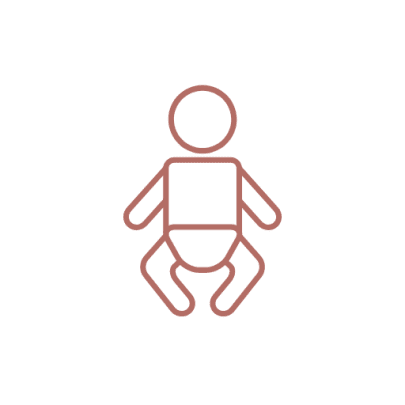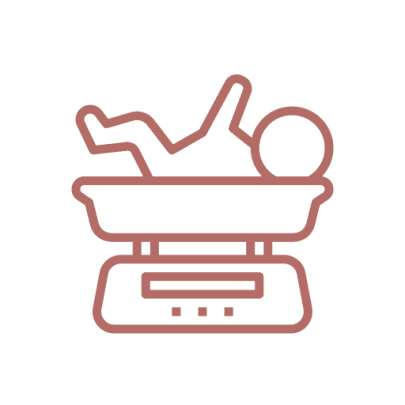Incontinence: More than just a wee problem
Many new mums experience incontinence following the birth of their baby, and feel like it’s just something they have to live with – but there is help, and you shouldn’t suffer in silence.
Do you leak a little wee when you sneeze or cough? Are you ever out and about and suddenly get the urge to use the toilet, and think that you might not make it in time? Do you wear a sanitary pad even when you don’t have your period, just in case you might wet yourself?
If any of this sounds familiar, you may be suffering from incontinence, or involuntarily weeing yourself. Chances are you feel ashamed and possibly resigned to a life of wearing sanitary pads and hyper-awareness of the nearest toilet.
Perhaps it will surprise you to know that incontinence is a very common condition. According to Continence NZ one in three women who have ever had a baby wet themselves. With around 60,000 babies born in New Zealand in every year, that’s at least 20,000 new mums who are dealing with incontinence.
What is incontinence?
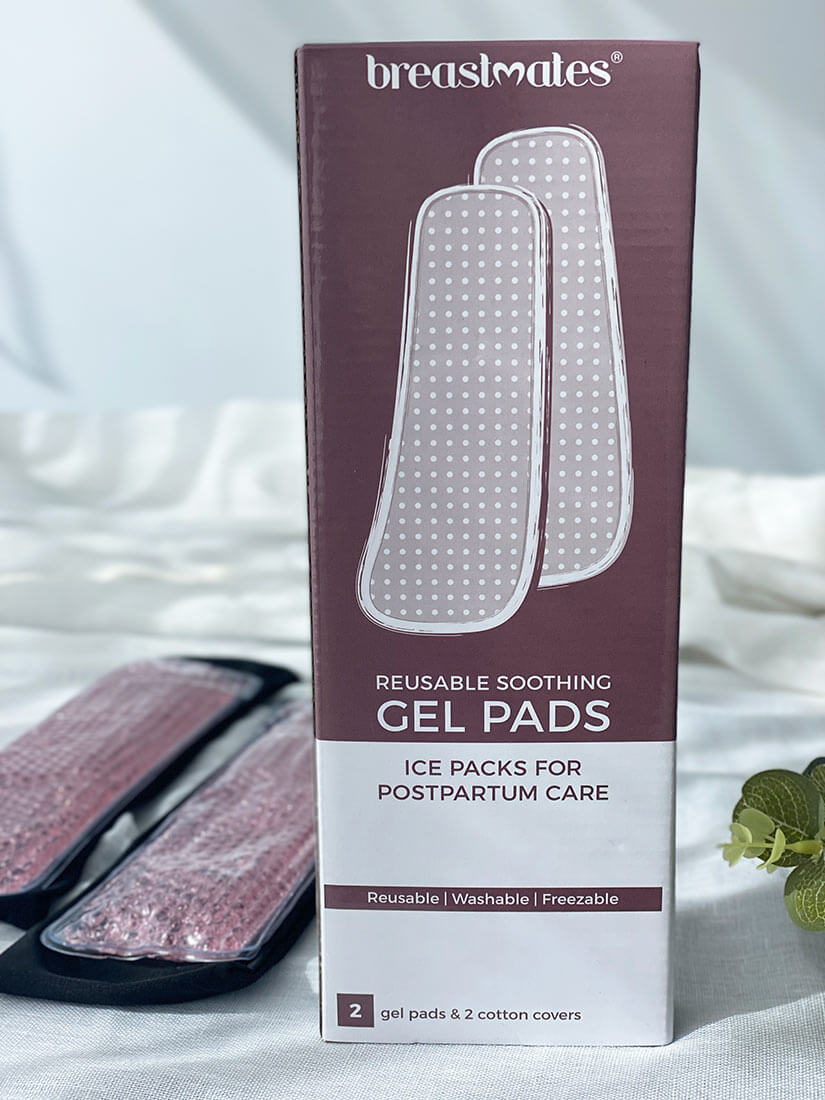
Your pelvic floor muscles and nerves act as the “doors” to your bladder, keeping the opening to the bladder closed until you are ready to urinate. Your bladder, which is a hollow organ, slowly fills with urine. When you’re ready to urinate, your pelvic floor muscles squeeze the urine out. Usually you can “hold on” until your bladder contains around 300-400ml of urine.
Incontinence occurs when the pelvic floor muscles are weakened and can no longer keep your bladder from leaking. The pelvic floor muscles are also responsible for helping keep your back passage (anus) closed too, and some women can experience not only urinary incontinence, but also faecal incontinence.
Why do new mums become incontinent?
According to Continence NZ, “Women who have one baby are nearly three times more likely to leak urine and wet themselves than women who have not had a baby.”
During pregnancy and childbirth, your pelvic floor muscles can become stressed, strained, stretched, and weakened. This can happen even if you had a Caesarean birth, or if you experienced a miscarriage or pre-term pregnancy loss. The pelvic floor muscles are partly weakened by the relaxin hormone which is released during pregnancy in order to make your body more flexible to accommodate changes and your growing baby. The weight of your baby can also weaken your pelvic floor muscles, which are also responsible for supporting the uterus (as well as your bladder and bowel). The physical strain of giving birth also causes weakness and stretching.
All in all, pregnancy and childbirth are not kind to your pelvic floor muscles, which is why your LMC likely reminded you to keep up pelvic floor exercises throughout pregnancy and, if you’ve recently had a baby, you have probably been directed to restart your pelvic floor exercises once you have healed sufficiently from the birth.
What does incontinence look and feel like?
If your pelvic floor muscles are weakened following the birth of your baby, you might leak urine (and sometimes faeces) when you cough, sneeze, laugh, lift objects or your baby, or exercise. You may notice that your underwear are wet or have wet spots even if you don’t actually feel the action of urination happening. You may also experience wind that you can’t control or that involuntarily occurs. You may also feel “urge incontinence”, which is the uncomfortable sensation of needing to go to the toilet immediately in order to urinate or have a bowel movement. You may leak urine on your way to the toilet, or not be able to “hold on” when you want to go to the loo. You may also feel burning or stinging when you pass urine, or feel like you have to strain to start urinating.
All of these symptoms relate to your bladder, bowel, and other pelvic organs not having enough support from your pelvic floor muscles.
A word about prolapse

Because your pelvic floor muscles support your bladder, bowel, and other internal pelvic organs, if these muscles are weakened, you might experience a pelvic organ prolapse. This means the pelvic organs have sagged down into the vagina and you may feel or see a bulge, or have a feeling of “heaviness” or of something “protruding” from your vaginal or anal opening. Prolapse affects half of all New Zealand women, and according to Continence NZ, one in 10 Kiwi women have had surgery for prolapse. If you are concerned you might have a prolapse, see your LMC or GP.
What can I do about incontinence?
Many “feminine hygiene product” commercials talk about “light bladder leakage” and act as though laying in stock of sanitary towels is your only answer for dealing with incontinence. This “live with it” mentality is out-of-date and unhelpful, and the real answer is, there is help for incontinence – you just need to know where to go.
First, are you doing your pelvic floor exercises? Your pelvic floor muscles won’t “bounce back” on their own following childbirth, so you do need to build up their strength. Health Navigator has some excellent information (and diagrams!) on pelvic floor exercises here.
In some cases, pelvic floor exercises aren’t going to do the trick. So if you feel like pelvic floor exercises aren’t working, or you are unsure if you’re doing them correctly, that’s okay – talk to your LMC (if you’re still under their care) or GP and ask for a referral to a pelvic health physio.
Pelvic health physios are specially trained physiotherapists with professional expertise in pelvic floor health and continence. When you visit a pelvic health physiotherapist, they may do an internal examination to check your pelvic floor muscles, and may ask you to squeeze or contract these muscles while they examine you. The examination will take place with gloves, possibly a speculum (that contraption that’s used to open the vagina when you have a smear test), and you will be laying on an absorbent pad with a sheet or towels draped over you to help preserve your dignity. It may be uncomfortable at first, and you may be fearful of leaking urine in front of the pelvic health physio. But there is nothing to be ashamed of – they will not judge you or be disgusted, as this is their job and they want to help you (and they have seen it all before, as they will tell you!).
Many hospitals have continence services or continence nurses, who can help you to locate a pelvic health physiotherapist if your GP isn’t able to refer you. You can call your local hospital and ask to be put through to this service.
Continence NZ has a range of helpful information on their website, along with a free helpline you can call for advice and information – 0800 650 659.
At-home hints
Here are some other things you can do to help prevent incontinence:
- Stay hydrated. Don’t reduce the amount of water you’re drinking because you think it will help you to urinate less. Your body needs to drink around 2L of water each day to keep healthy.
- Do appropriate exercise. Trying to over-exercise, lifting heavy weights, or putting a lot of pressure on your pelvic floor when you’re exercising may make things worse or prevent your pelvic floor muscles from strengthening.
- Avoid constipation and straining on the toilet. Take a laxative or stool softener if needed – talk to your GP about one appropriate for you.
- If you need to, support your vagina with your hand to try to stop it from stretching too much as you bear down.
- Try crossing your legs together before you cough, sneeze, laugh etc.
- Take care of yourself. Continue with gentle exercises, resting, self-care, and self-compassion. Incontinence is not your fault, and you need to heal your mental wounds and shame along with your body.
Incontinence is not something you should be ashamed of, or something you should just learn to live with. You should seek help and advice if you’re experiencing incontinence – it’s much more common than you think.
– You may also like –
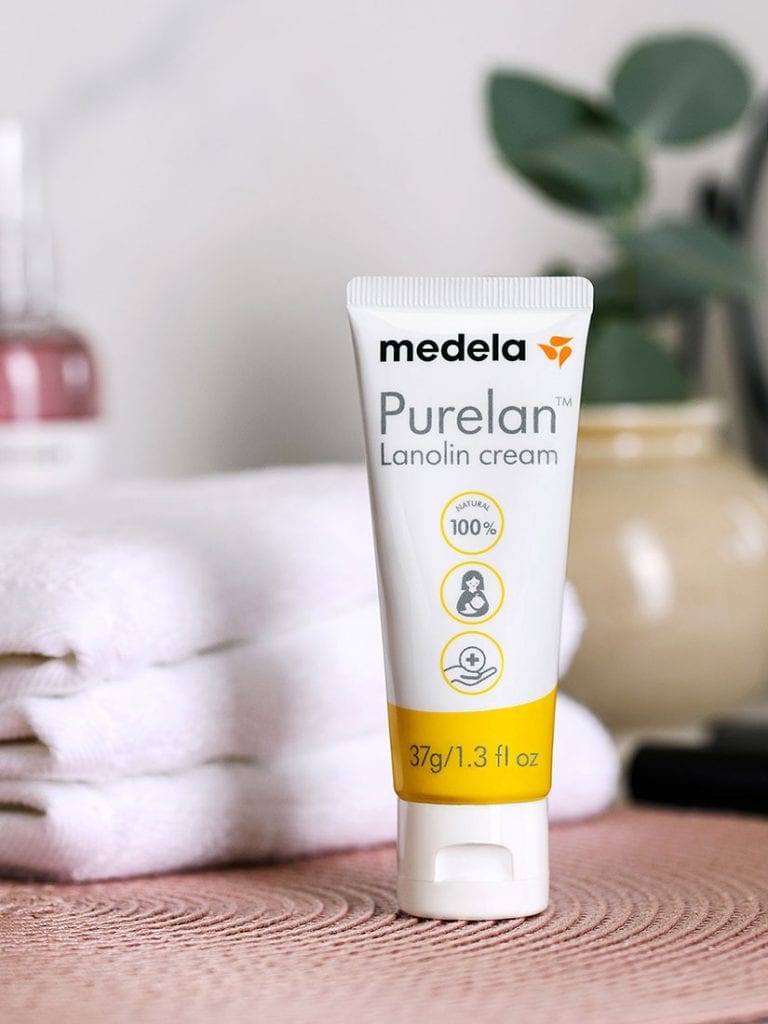 |
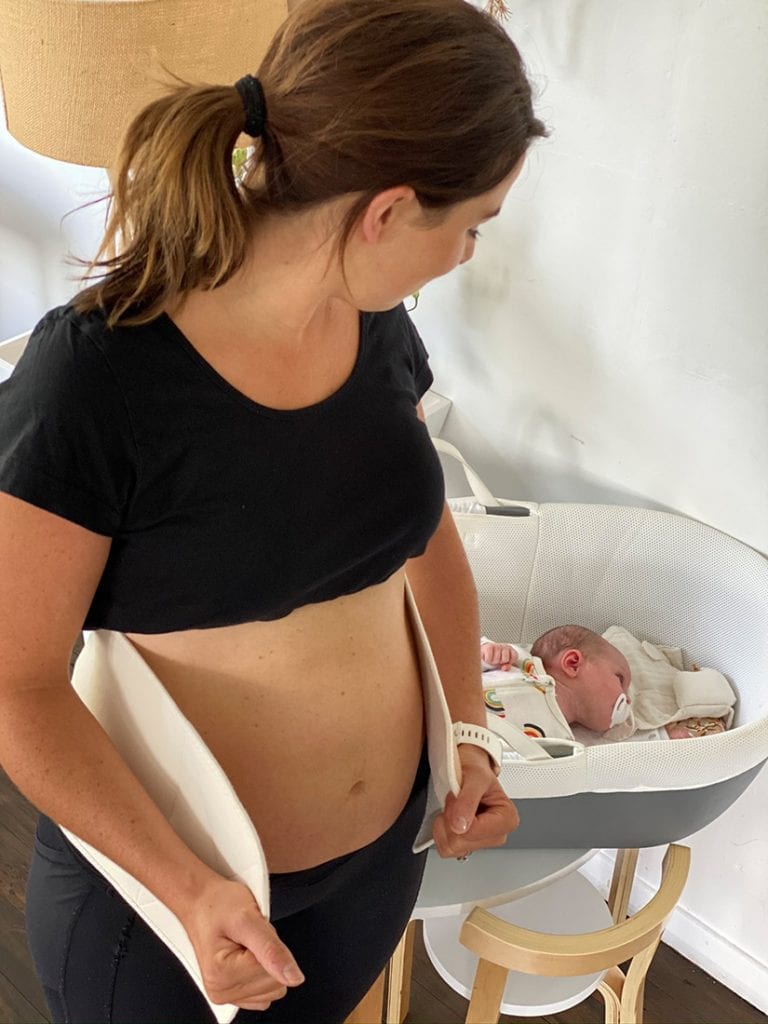 |






